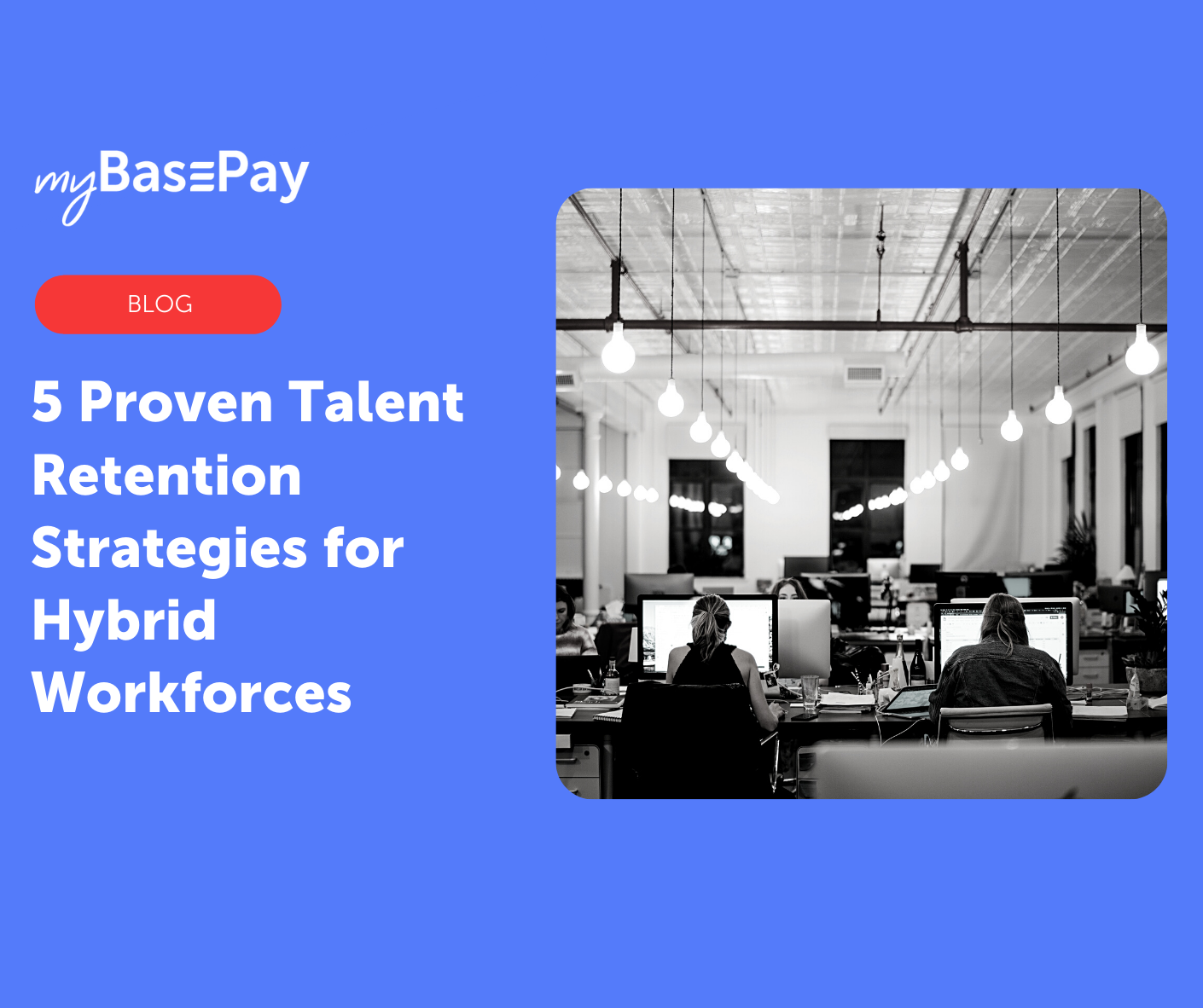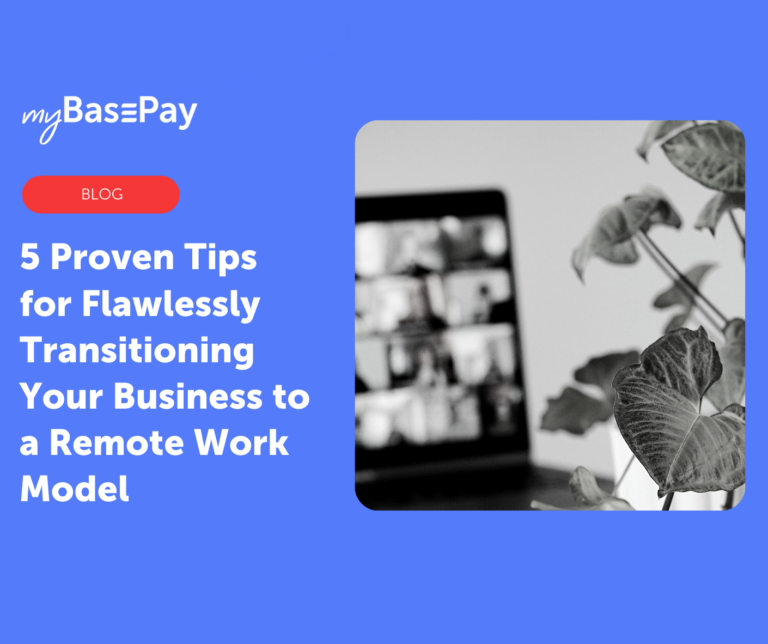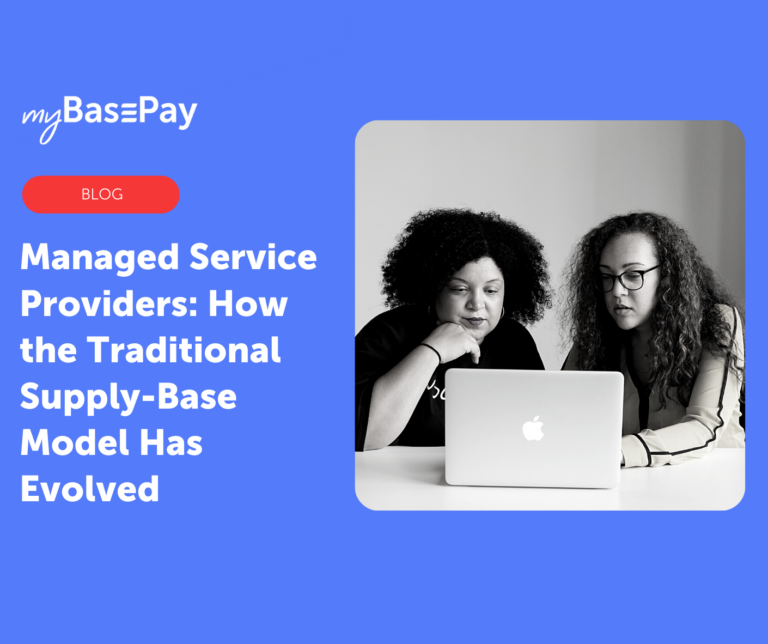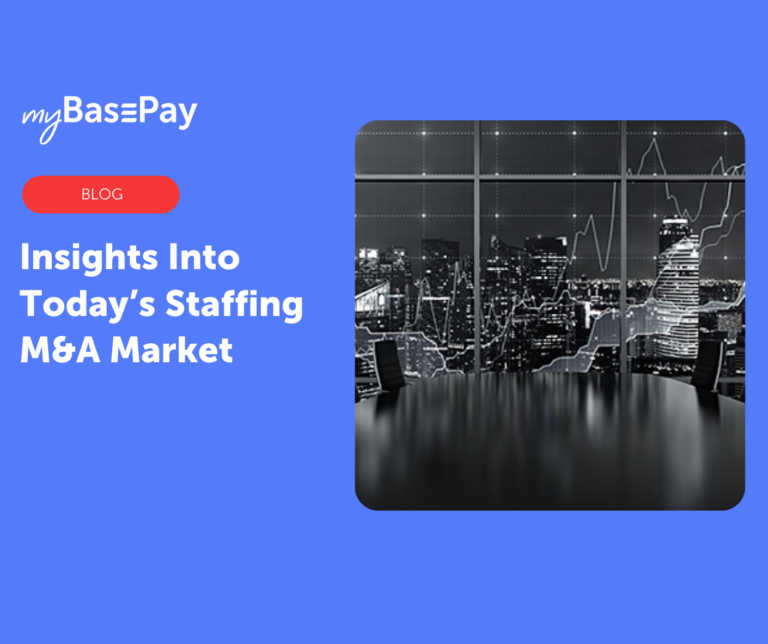5 Proven Talent Retention Strategies for Hybrid Workforces
In the wake of the Great Resignation, talent retention has become a more important priority for staffing agencies and other business owners than ever before. 2021 saw a record-breaking 47.8 million workers quit their jobs in search of greener pastures.
At the same time, increased interest in remote work has led many businesses to adopt “hybrid workforces,” in which they use a mix of both in-office and remote employees, as well as full-time and contingent workers.
With so much variation in the workplace experience with different types of workers, talent retention can become even more of a challenge. However, by implementing proven retention strategies, organizations can keep all types of workers actively engaged for the long run.
1. Embrace Flexibility for Everyone
Flexibility is a big draw for many people who have chosen remote or contingent work. But this doesn’t mean that flexibility should be limited to your contingent team. A recent survey of knowledge workers found that 95 percent valued flexible hours over all other possible benefits, including location flexibility.
Notably, the same study found that 72 percent of workers who reported being dissatisfied with their employer’s flexibility said they were willing to look for new work.
Obviously, there need to be some limitations in the flexibility you offer to your team. But by giving all team members greater autonomy over when, where and how they perform their work, you can dramatically improve their engagement and your retention levels.
2. Invest In Your Team
Workers want to feel valued — and quite often, that comes down to their employer investing in their growth. This is especially true of companies that offer learning and development initiatives that promote internal mobility — be it a full-time employee rising in the ranks or a contingent worker gaining access to more lucrative opportunities.
In fact, a LinkedIn report found that, “Companies that excel at internal mobility retain employees for an average of 5.4 years, nearly twice as long as companies that struggle with it, where the average retention span is 2.9 years.”
Organizations must be cautious about offering mentoring or training programs to contingent workers, however. Such training could be considered a factor for qualifying that individual as an employee, rather than a contractor. Carefully consider how you can still offer growth opportunities for all while remaining compliant.
3. Strengthen the Sense of Purpose
According to research from McKinsey, 70 percent of employees feel that work defines their sense of purpose in life. Despite this, most “front-line” managers and employees feel like their job is actually helping them live their purpose. This sense of disconnect can cause significant turnover in both traditional and hybrid work environments.
The study determined that an organization’s purpose is the only thing leaders can control directly, noting, “Does your company meaningfully consider its role in society? Do senior executives use the company’s purpose as a North Star to make difficult decisions and trade-offs? If your company’s purpose is just a poster on the wall, you’re wasting everyone’s time. If you talk about purpose but don’t follow through, the results can be devastatingly bad.”
A sense of greater purpose should inform your communications, management and culture. Creating an open dialogue and sharing experiences can help team members develop a greater connection with your mission and goals so they can find value in what they do and stick with your organization for the long haul.
4. Streamline Communications
Maintaining quality communications within a hybrid workforce is of the utmost importance.
You need to keep everyone on the same page, regardless of their worker classification or where they are located. If you’re not careful, a sense of disconnect can form between your in-office staff and remote contingent workers, causing remote team members to feel undervalued.
Leaders must actively keep remote or contingent staff in the loop with what is going on in the office. Invitations to attend relevant client calls or project meetings (even via video) helps them become involved in the decision-making process, while also aligning expectations and goals for all parties. Remote workers can provide valuable insights and contributions that shape the scope or direction of a project — but they must be given the opportunity to do so.
Proper technology adoption can also aid in this. An organization that uses cloud-based platforms to streamline communications between in-office and remote staff improves collaboration, no matter where someone is located or what device they are using.
5. Provide Meaningful Work
Everyone, regardless of their status with your organization, wants to feel like they are performing meaningful work. This doesn’t necessarily have to mean that they feel like they are “making a difference in the world” (though this is often important, too). More often than not, it means that workers are being given responsibilities that make the best use of their talents and abilities.
The LinkedIn study cited earlier noted, “Employees who feel that their skills are not being put to good use in their current job are 10 times more likely to be looking for a new job than those who feel that their skills are being put to good use.” As such, responsibilities and assignments should be provided to both employees and contractors based on their skills, abilities and history with your organization.
Of course, meaningful work also entails meaningful pay. Regardless of how much you pay, your organization should ensure that payments are processed consistently and smoothly. Recurring payroll processing issues, such as delayed or incorrectly classified payments, can create major headaches for your hybrid team and cause contingent workers to seek employment elsewhere.
Thriving With a Hybrid Workforce
By creating a work environment where all employees feel valued — regardless of whether they are full-time or contingent, in-person or remote — you can drastically improve your retention rates. Considering that it can cost as much as 33 percent of a worker’s annual salary to replace them, retention efforts are well worth the investment.
With myBasePay on your side, you gain access to a full suite of back-office solutions that can streamline the work experience for your hybrid team. Complete support for payroll, compliance administration, onboarding and more helps create positive experiences for workers at each stage of their employment journey, while reducing your own administrative burden.
When done right, attracting and retaining top talent for your hybrid workforce is within reach.
Author: Cesar Jimenez, myBasePay CEO
Cesar A. Jimenez is an entrepreneur, investor, and military veteran with over 25 years of staffing industry expertise successfully leading technology staffing organizations. His expertise in the IT industry allows him to use his experience as a thought leader for talent acquisition, staffing, IT, and recruitment technologies with a passion for contingent workforce solutions. Cesar has held various leadership roles for both a global staffing organization and technology solutions companies. This expertise has enabled him to develop alternative workforce models that provide the agility for organizations to be competitive in today’s marketplace. In his spare time, he enjoys spending time with hisfamily, working out, and coaching high school baseball players.






